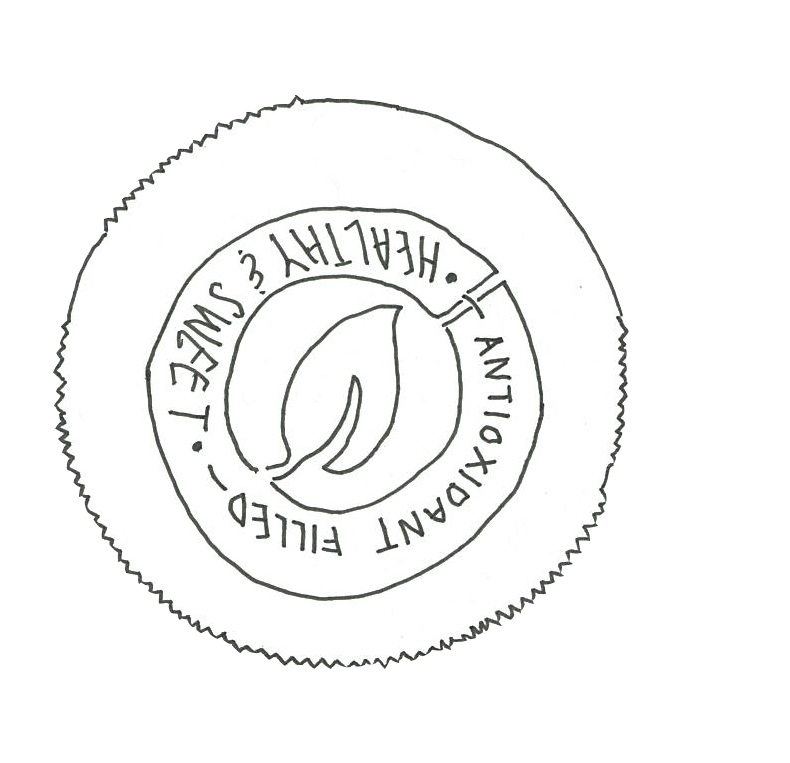Analysis of antioxidant marketing
The term “antioxidants” is a common asset endorsed in marketing as a remedy for ridding the body of damaged cells. It’s popular for food labels to market products as a panacea by citing buzzwords such as “antioxidant infused” and “cleansing.” Not all Urban students buy into these claims. However, when stressed out, it’s easy to substitute products with claimed benefits to feel healthy instead of sleeping more or eating better.
One Urban junior said that in general, she looks for words such as, “energizing, antioxidants, electrolytes, vegan, organic, [and] hydrating” when looking for healthy food options.
Even with these promises of improved health, the claims brands make can be misleading or even false. A study conducted by the U.S. Department of Agriculture, Agricultural Research Service in North Dakota found that at six grocery stores in the state, 49 percent of all products contained nutrition marketing and of those, 48 percent had both nutrition marketing and were high in saturated fat, sodium and/or sugar. A study by the Nutrition Foundation found that these health benefits “discourage [consumers] from seeking further nutrition information.”
According to the National Cancer Institute, antioxidants are found in fruits and vegetables to eliminate free radicals: highly reactive atoms that are produced in the immune system and metabolic processes. Because they are reactive, they can cause damage to cellular structures in the body through oxidation processes. The creation of free radicals can be stimulated by food, medicine and drugs, air quality, pesticides, and/or alcohol. They are linked with diseases such as cancer, Alzheimer’s, atherosclerosis, Parkinson’s and others. Antioxidants stabilize the free radicals by donating an electron before it can damage cell structures.
Lenore Arab, PhD, MSC, professor of internal medicine at UCLA, said at the 2015 World Tea Expo that although antioxidants help neutralize free radicals in a petri dish, there is little evidence as to how they react in the body and many antioxidants are eliminated from the body without being absorbed. In effect, brands emphasize antioxidants although researchers from the Harvard School of Public Health found that many studies proving their benefits have been “inconclusive”, calling into question if the term “antioxidants” should be removed from food labels altogether.
Bai Antioxidant Infusion Drinks, are a popular product sold by Flik, Urban’s new food provider. The brand was brought to court in 2015 for falsely advertising the phrase “antioxidant-packed.” The plaintiff argued that Bai violated FDA regulations by not containing at least 10 percent of the reference daily antioxidant intake, as there was no reference daily intake for the antioxidants that Bai claimed were in coffee fruit or white tea. Today, Bai drinks are still marketed as “antioxidant infused” despite the controversy.
Another antioxidant case was filed against GT Kombucha in 2015 for a similar cause. Kombucha is a popular fermented drink that originated in China. The plaintiff argued “The simple truth is, however, that GT’s Kombucha Beverages do not have even a single nutrient that the FDA recognizes and approves of for labeling statements using the term ‘antioxidant.’” The lawsuit alleges that the brand’s owner, Millennium Products Inc., is “taking advantage of high consumer demand for antioxidants by touting the antioxidant content in its Kombucha beverages in precisely the manner the FDA sought to prohibit.”
When slammed with homework, extracurricular activities or social drama, students can find it harder to take care of themselves, whether that be getting enough sleep or eating a balanced diet. The Harvard Health Letter from February 2012 states, “Numerous studies have shown that physical or emotional distress increases the intake of food high in fat, sugar, or both.” With the emotional and physical distress that high school students can often experience due to academic pressure, Flik has provided students with access to nutritious food. With so many products marketing themselves as antioxidant performance enhancers, it’s important to remember that no one superfood contains the sufficient amount of vitamins, minerals, proteins, carbohydrates, or lipids needed for supporting the human body no matter how “antioxidant-infused” the product claims to be.

